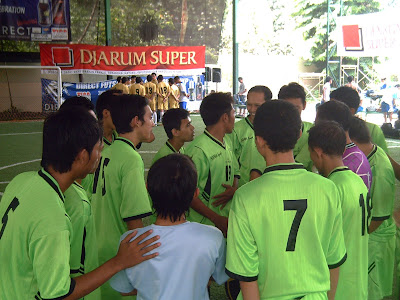Who Should Read This Blog?
Autoblacktrougt >>>
Mobilizing Generation 2.0 describes the intersection of Internet technology, social change, and young people. If you’re curious about any one of these areas, this blog offers a rich set of practical information. And if you’re working with or leading an organization that intersects with all three of these areas, this guide should help you do your work more effectively. Although many others may find it valuable, including for profit companies, the blog is oriented toward the following people:
Nonprofit and Political Leaders If you’re leading a nonprofit organization or running for or holding public office, this book explains what you need to know about young people’s use of the latest Internet technologies.
For a quick overview, read the beginning of each chapter for a succinct description of the technology and how organizations are using it, then turn to the “Strategic Considerations” section for guidance about how to use the technology to fulfill your organization’s mission, recruit new supporters, engage constituents, or win more votes.
Nonprofit and Campaign Staff Members If you’re in the trenches working for a cause or a candidate, this blog gives you the know-how to get started with the latest tools. You might focus on the How It Works and How to Get Started sections in each chapter to begin putting the technology into practice in your organization; read the entire chapter for fresh new ideas.
Those Who Work with Youth The entire blog is invaluable for understanding young people’s social and political lives. If you work with youth, you know that Internet technology is central to their daily routines. Read this blog to understand how these new tools are empowering creativity, social connection, and activism.
Anyone Interested in Big New Ideas This blog offers insight into how people are using the technologies that are driving radical changes in our society, politics, and economy. Over the last 150 years, we’ve moved slowly from a society that values industrial goods to one that primarily values information. And within just the last ten years, technological innovations have begun to shift the means of production to average people. Sitting in our living rooms, we can reach, inform, and educate millions of our peers. Look to the conclusion of each chapter for a summary of the key changes, and to the Big Picture essays and interviews from leading technology visionaries for a view of what’s to come.
How to Read This Blog
This blog is intended to serve as a creativeblog. It introduces you to the various technologies popular among youth and shows how they’re used in practice by nonprofits, political campaigns, and the occasional for-profit.
I’m assuming that you have a set of organizational objectives and are looking for tactics to achieve those objectives. In this case, you may be asking such questions as, “I’ve heard about social networks. I wonder if there’s a way we could use one to achieve our goals?” The structure of the blog works well to answer these types of questions. (Please note, however, that although the division of chapters by technology is helpful for the purposes of the blog, few organizations would seek to use a technology in isolation.) The chapters discuss the following topics:
Blogs are simple Web publishing systems that enable nontechnical people to create Web sites in the format of a personal diary. In Chapter One, we’ll look at how blogs are becoming the primary tool that young people use to frame and share observations about politics, relationships, and the world in general. Over the last several years, blogs have grown into a major alternative source of information, vying with the commercial mass media in terms of their ability to frame current events. In order to become effective in the political space, politicians must understand the role of blogs and engage the blogging community. Nonprofits have discovered that maintaining a blog has numerous benefits, such as involving young supporters, strengthening community ties, and advancing key issues.
Social networking sites allow people to create personal profiles, mingle with friends, and define an identity online. In Chapter Two, we’ll look at how these Web sites have become “third places” similar to coffee shops, bowling alleys, and roller rinks; they are places where young people “hang out.” In the process, they define their identities, form connections with peers and organizations, and learn about and undertake civic action. To understand young lives, you need to understand
social networks. Organizations have been conducting campaigns on these networks, with varying success, to recruit young activists, promote issues, and raise money.
Video - and photo-sharing sites, which we’ll explore in Chapter Three, are Web sites that enable people to publish and share videos and photos easily. The widespread ability to view, create, and share these forms of media has established a vivid new avenue for online conversation. Videos and photos offer a sense of realism and authenticity that was not available in the text-focused World Wide Web of yesteryear. Online video’s unassailable and widely accessible replaying of events has toppled several political careers. At the same time, video and photo sharing has enabled organizations and politicians to engage more deeply with supporters. Mobile phones have become woven into the social fabric of youth life. In Chapter Four, we’ll discuss text messaging—the short messages that are like e-mail for mobile phones. Text messaging has become a primary method of communication among young people. It offers immediacy unrivaled by any other technology—you can send and receive a text message from any place, at any time. Using text messaging, political campaigns and organizations have been able to cost-effectively mobilize and recruit supporters. This chapter also discusses several other features available on most mobile phones.
Wikis are Web sites built through ad hoc collaboration. In Chapter Five, we’ll discuss the ways in which wikis can be used to aggregate knowledge and coordinate efforts. Wikis also exemplify how a decentralized group of people, connected to one another by the Internet, can jointly produce a work as great as, or greater than, one produced by a traditionally structured hierarchical organization. There is more to be gained by putting trust in supporters than by exerting tight managerial control.
Online maps offer much more than driving directions. In Chapter Six, we’ll explore the wide range of possibilities that online mapping offers to politicians and nonprofits. Maps reveal powerful patterns and relationships previously hidden in a sea of data. New online mapping tools are easy to use, inexpensive, and a great way to support advocacy campaigns.
Virtual worlds are three-dimensional representations of reality . . . and fantasy. Although they may seem like games, they are places in which real social lives unfold. People purchase property, build homes, meet one another, conduct business, and generally live their lives in these places. In Chapter Seven, we’ll look at several entrepreneurial organizations that have conducted successful advocacy and fundraising campaigns in virtual worlds. Be forewarned, however, that virtual world
successes are few and far between. Challenges are numerous.
The Conclusion synthesizes the topics, strategies, and trends discussed throughout the blog. It wraps up with a view toward the future. The Big Picture is a series of essays and interviews that run between each chapter. Leading thinkers in the fields of nonprofit organizations, technology, and politics take a step back to look at the big ideas shaping the online world today and tomorrow.








 Dapat kita bayangkan, bagaimana sakitnya hati ini, bagaimana frustasinya hidup ini, ketika mengetahui orang yang kita cintai ternyata sudah ada yang punya. Sudah ada yang memiliki. Sudah ada yang meng-hak-i. Begitulah gambaran dari lagu Goodbye yang kini video klipnya sudah dapat disimak di sejumlah televisi nasional.
Dapat kita bayangkan, bagaimana sakitnya hati ini, bagaimana frustasinya hidup ini, ketika mengetahui orang yang kita cintai ternyata sudah ada yang punya. Sudah ada yang memiliki. Sudah ada yang meng-hak-i. Begitulah gambaran dari lagu Goodbye yang kini video klipnya sudah dapat disimak di sejumlah televisi nasional.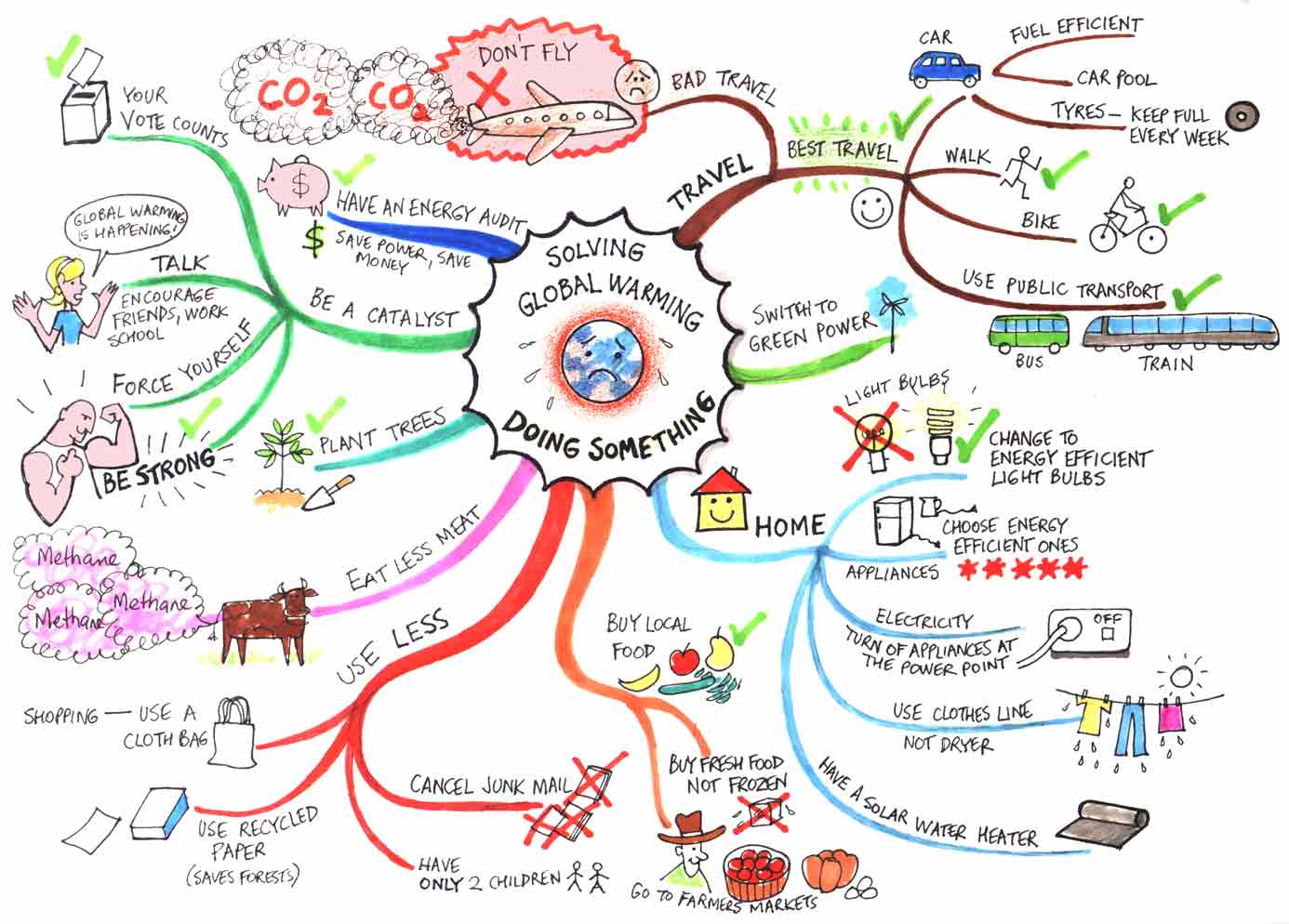 JADILAH VEGETARIAN!!!
JADILAH VEGETARIAN!!! This statement from a Mississippi senator at the one hundredth birthday of former South Carolina senator Strom Thurmond may sound like benign birthday flattery—if it weren’t for the fact that Thurmond’s 1948 presidential campaign promoted racial segregation. A young ABC News reporter assigned to cover the event concluded that Lott’s comment might imply that he also supported segregation. The reporter thought he had a major news story. But ABC’s senior staff disagreed, deciding to run the story briefly on television at four-thirty in the morning and to publish a short piece about it on its Web site. By the next day, the story was effectively dead in the mainstream press.
This statement from a Mississippi senator at the one hundredth birthday of former South Carolina senator Strom Thurmond may sound like benign birthday flattery—if it weren’t for the fact that Thurmond’s 1948 presidential campaign promoted racial segregation. A young ABC News reporter assigned to cover the event concluded that Lott’s comment might imply that he also supported segregation. The reporter thought he had a major news story. But ABC’s senior staff disagreed, deciding to run the story briefly on television at four-thirty in the morning and to publish a short piece about it on its Web site. By the next day, the story was effectively dead in the mainstream press.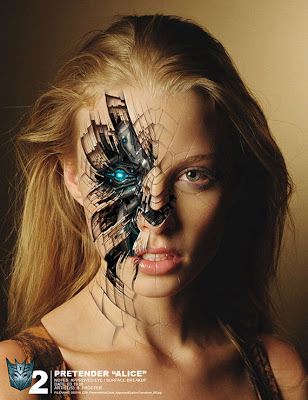

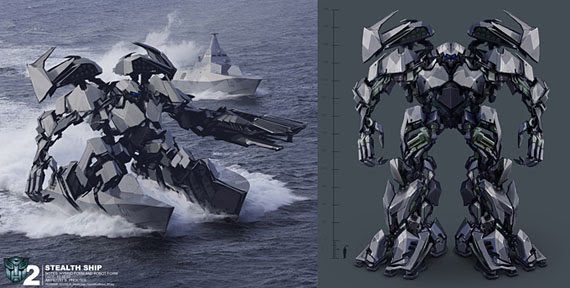

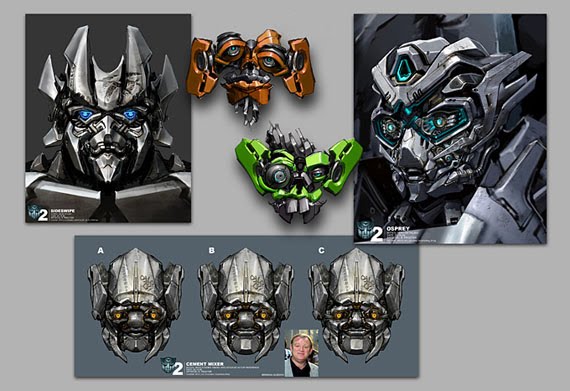
 menepis perasaan kalut
menepis perasaan kalut
